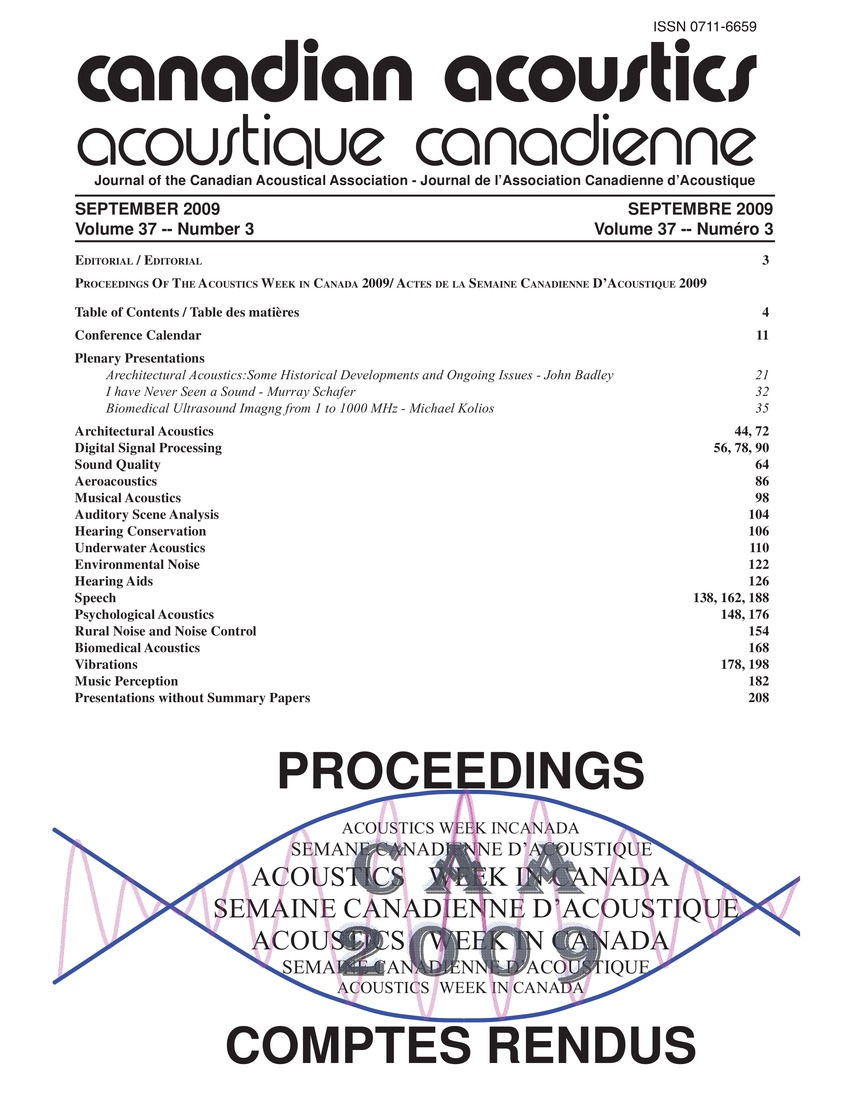Trends in cell phone voice processing
Keywords:
Acoustic intensity, Microphones, Mobile phones, Signal to noise ratio, Telecommunication equipment, Telephone, Acoustic design, Background noise reduction, Cell phone, In-cell, Processing power, Significant impacts, Wireless phonesAbstract
Some of the significant trends in cell phone voice processing are discussed. It has been observed that the increase in processing power has enabled DSP audio engineers to use more advanced voice processing to provide features and solve several unresolved problems. Continued efforts have been made to develop smaller, thinner, and lighter cell phones after the introduction of the first wireless phone. This trend to shrink the cell phone has a significant impact on the acoustic design and has driven the need for better voice processing features and performance. Microphones move away from the mouth of a speaker as devices continue to shrink in size, reducing signal-to-noise ratio (SNR) at the microphone. Another trend has emerged to provide multiple microphones in an effort to address the need for improved background noise reduction.Additional Files
Published
How to Cite
Issue
Section
License
Author Licensing Addendum
This Licensing Addendum ("Addendum") is entered into between the undersigned Author(s) and Canadian Acoustics journal published by the Canadian Acoustical Association (hereinafter referred to as the "Publisher"). The Author(s) and the Publisher agree as follows:
-
Retained Rights: The Author(s) retain(s) the following rights:
- The right to reproduce, distribute, and publicly display the Work on the Author's personal website or the website of the Author's institution.
- The right to use the Work in the Author's teaching activities and presentations.
- The right to include the Work in a compilation for the Author's personal use, not for sale.
-
Grant of License: The Author(s) grant(s) to the Publisher a worldwide exclusive license to publish, reproduce, distribute, and display the Work in Canadian Acoustics and any other formats and media deemed appropriate by the Publisher.
-
Attribution: The Publisher agrees to include proper attribution to the Author(s) in all publications and reproductions of the Work.
-
No Conflict: This Addendum is intended to be in harmony with, and not in conflict with, the terms and conditions of the original agreement entered into between the Author(s) and the Publisher.
-
Copyright Clause: Copyright on articles is held by the Author(s). The corresponding Author has the right to grant on behalf of all Authors and does grant on behalf of all Authors, a worldwide exclusive license to the Publisher and its licensees in perpetuity, in all forms, formats, and media (whether known now or created in the future), including but not limited to the rights to publish, reproduce, distribute, display, store, translate, create adaptations, reprints, include within collections, and create summaries, extracts, and/or abstracts of the Contribution.


